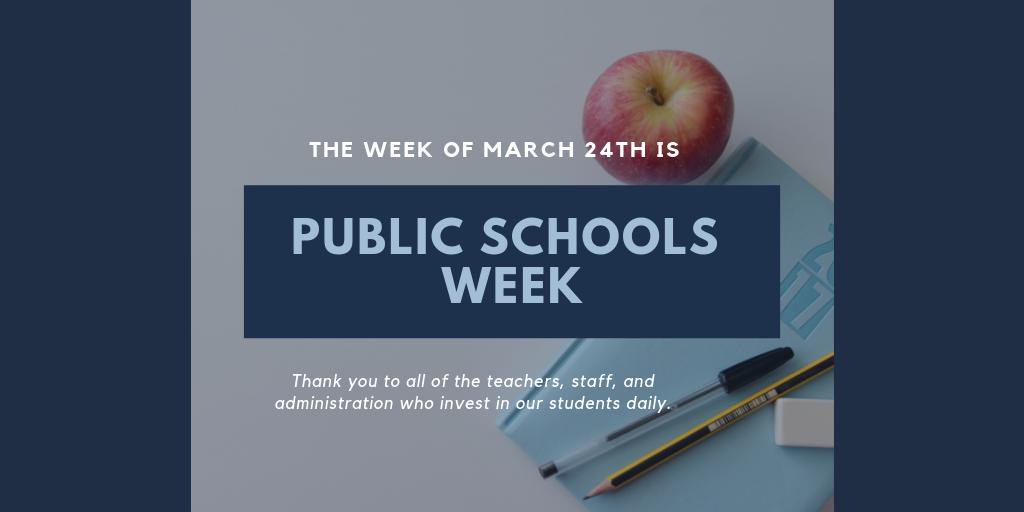 From Hunger Free Oklahoma:
From Hunger Free Oklahoma:
Children living in rural areas have 26% greater odds of obesity compared to urban children. This is one of the many reasons why Afterschool Meal programs, like Cherokee Elementary School's, are so imperative for students to get the nutrition they need to thrive and learn in rural OK!


 From The Tulsa World:
From The Tulsa World: 

Follow